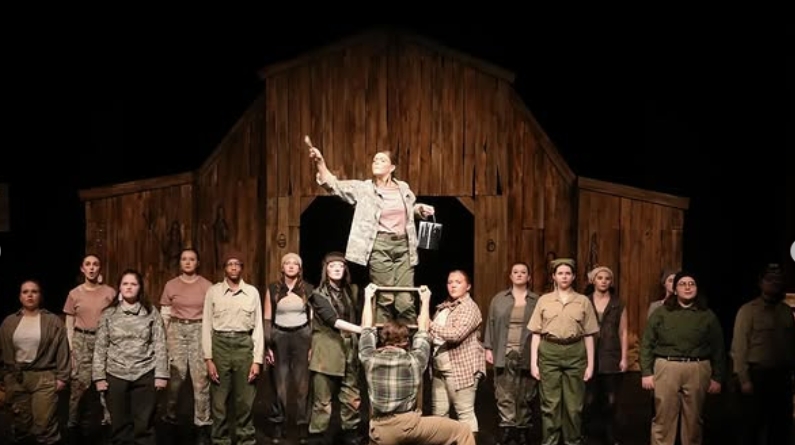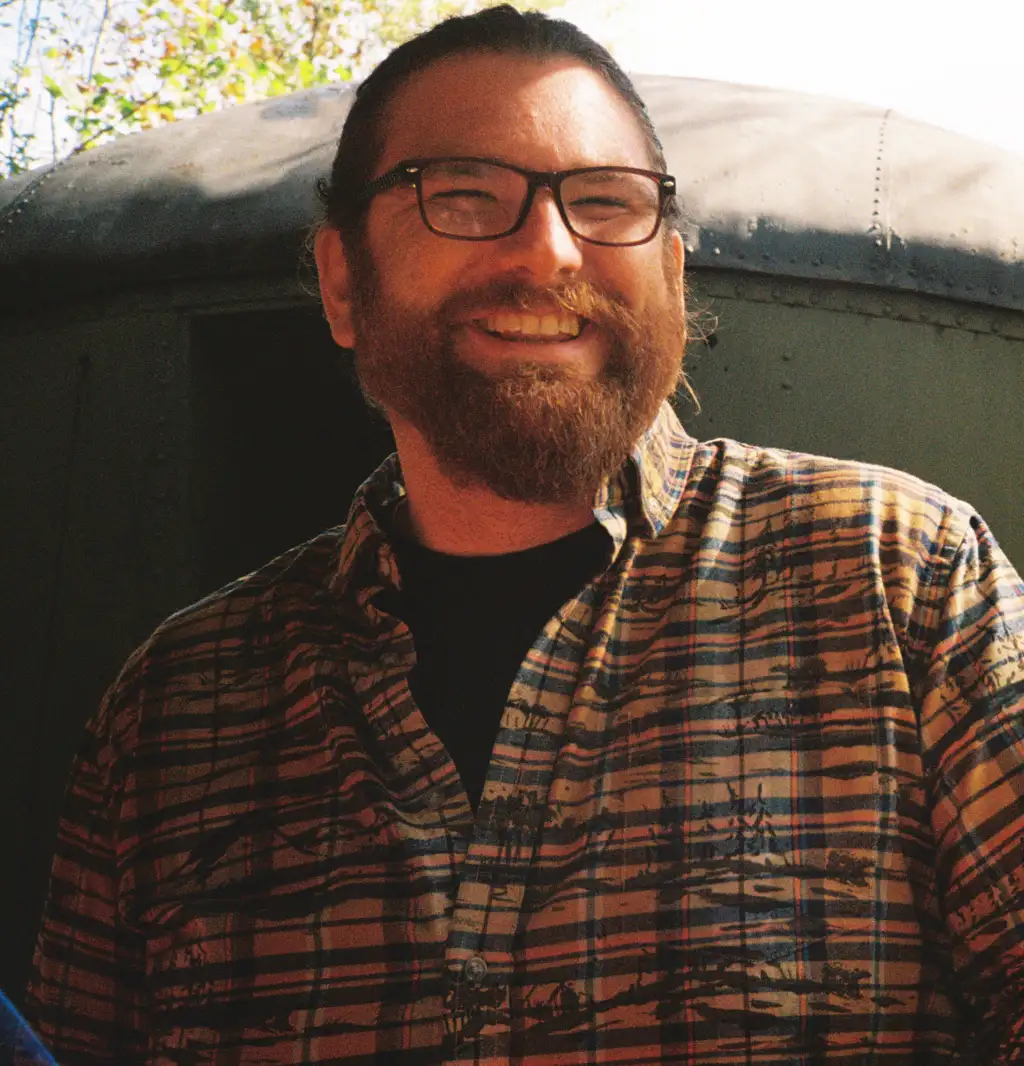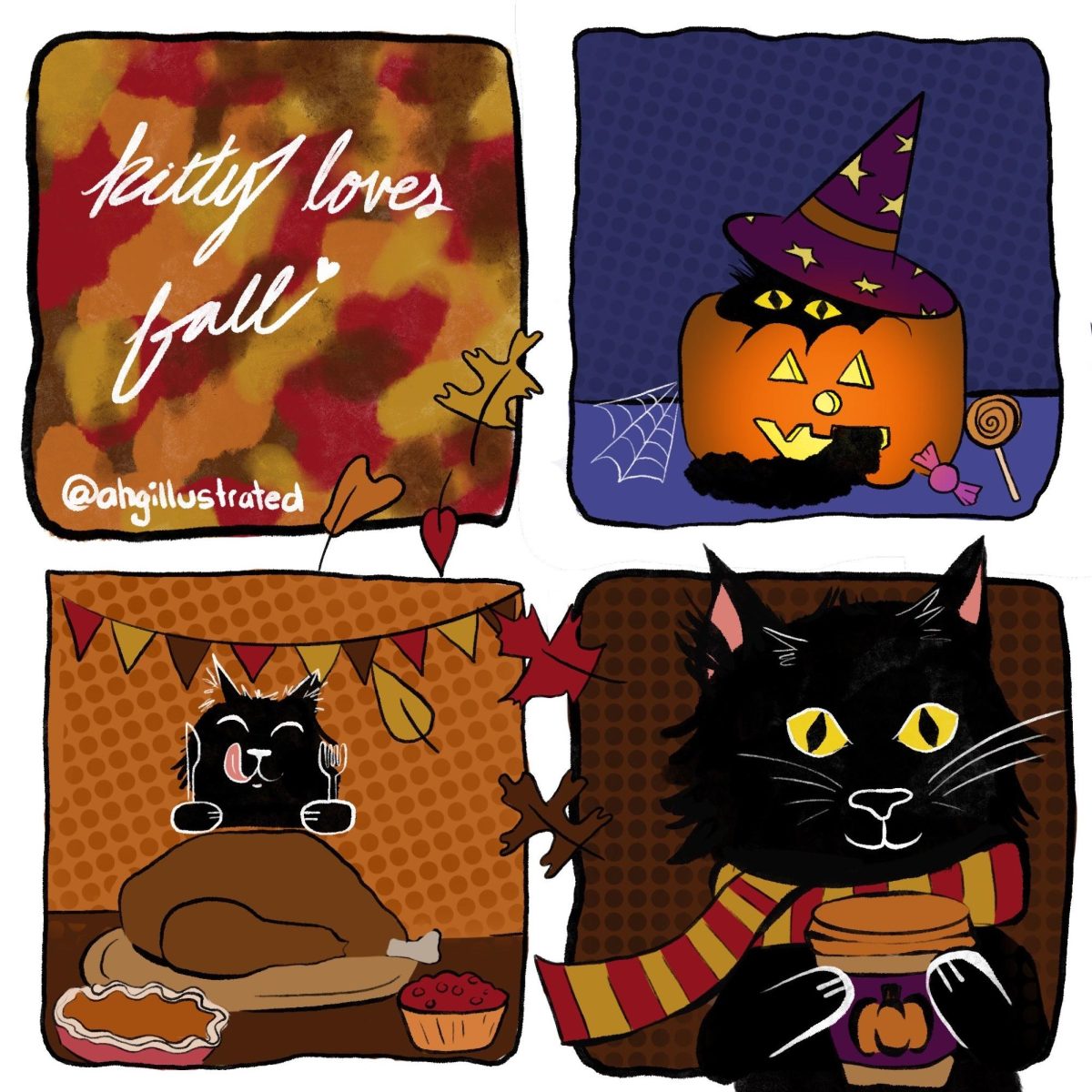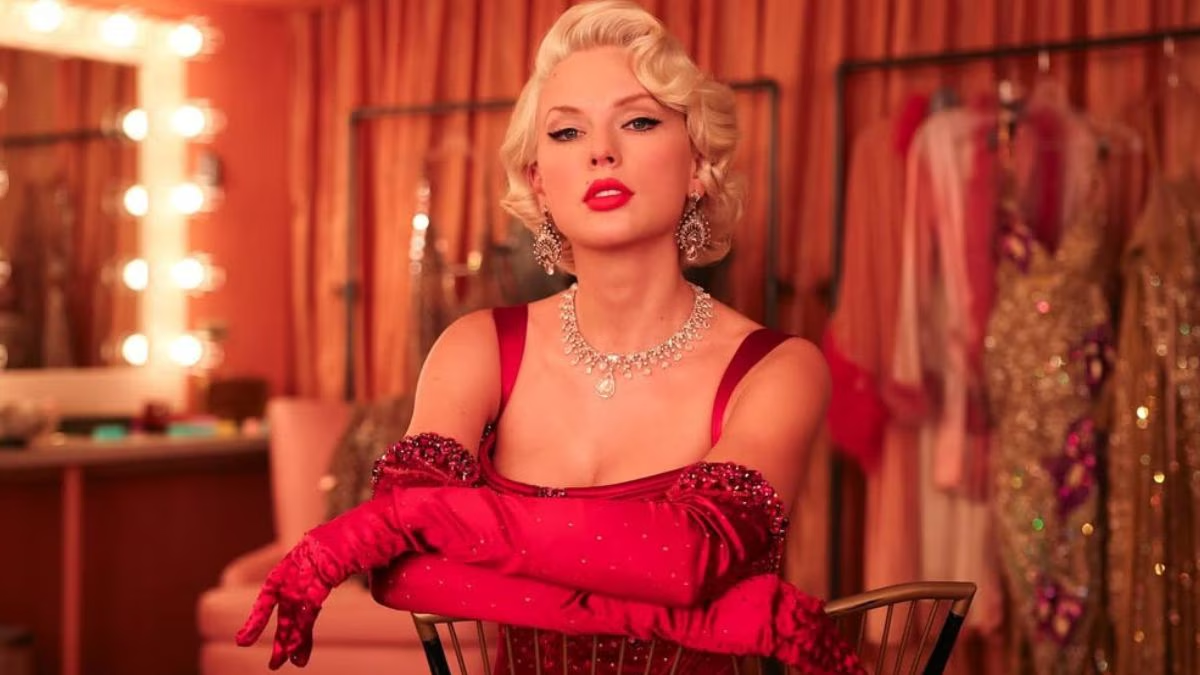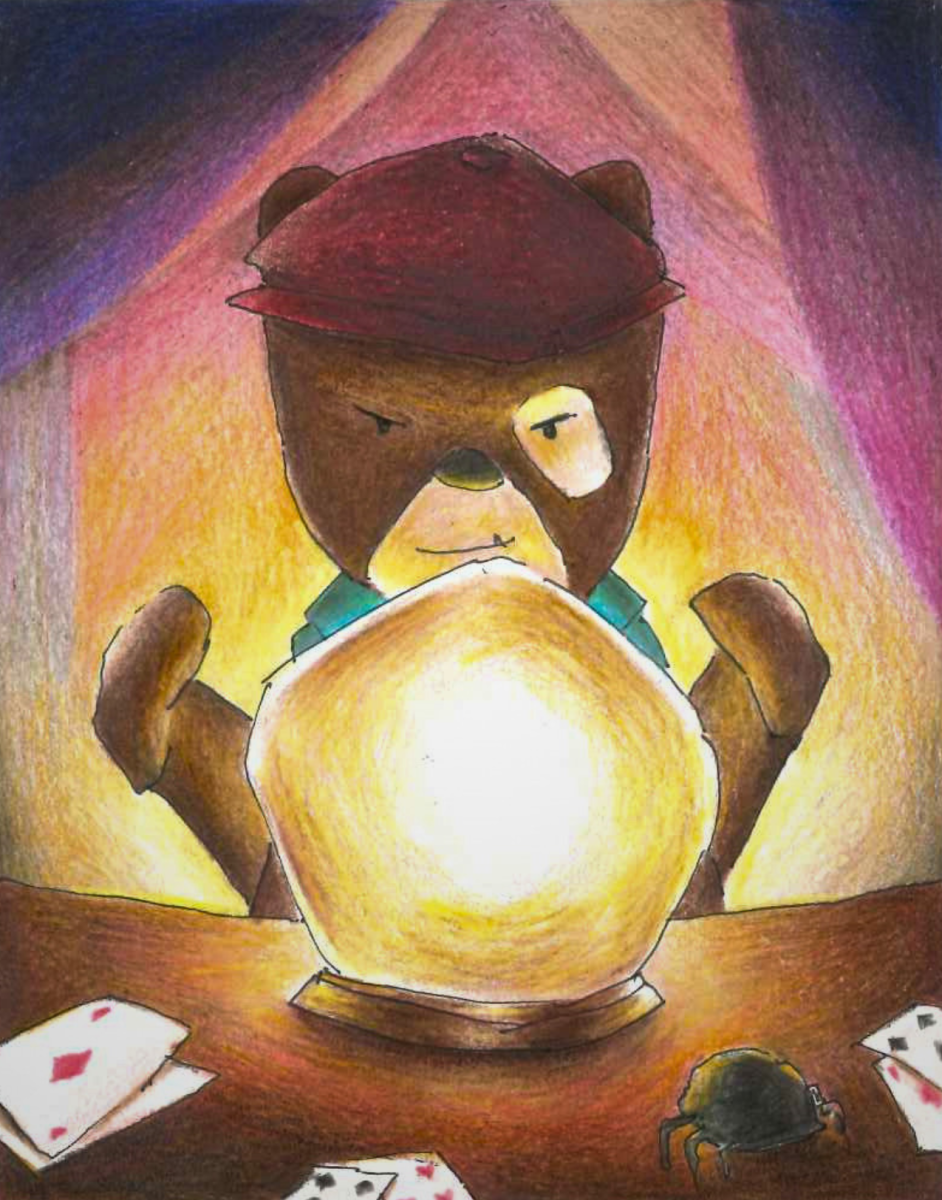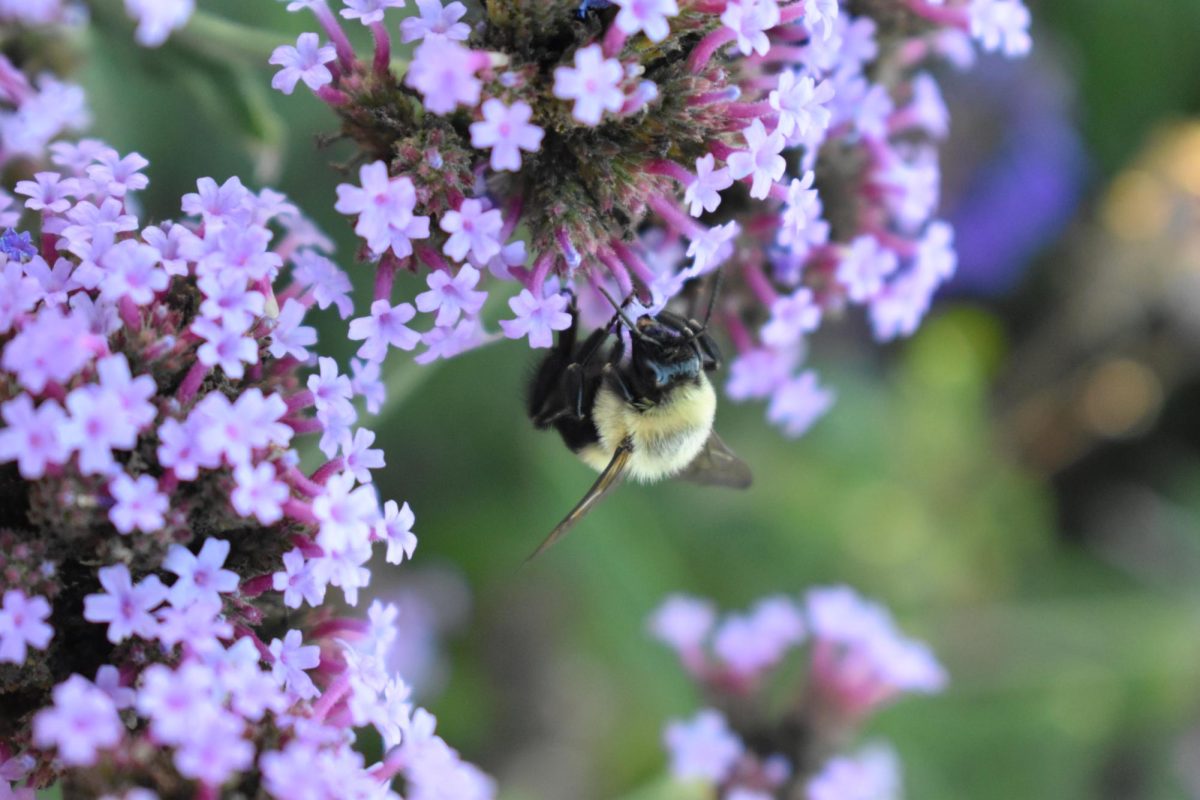By Molka BenHammouda, Contributing Writer
Since the beginning of fall, many Americans start to get ready for one of the biggest holidays in the United States: Halloween. Wherever you go, you can feel the Halloween spirit. People put up decorations, watch scary movies, visit haunted houses, wear costumes, eat candies, and everything becomes pumpkin spice-flavored.
A lot of people think that Halloween is originally an American holiday. However, the oldest holiday still celebrated today started one thousand miles away.
Two thousand years ago, the Celts, who lived in the area between Ireland, the United Kingdom and northern France, used to celebrate their new year on November 1st. For them, this day meant the end of summer and the beginning of the dark winter.
They assumed that on the night between Oct. 31 and Nov. 1, the line between our world and the world of the death was gone, and they believed that the ghosts of the dead would be back on earth. Ghosts are not usually friendly, but they used to leave gifts and treats outside. To be more protected, they also used to make huge bonfires, sacrifice animals and wear costumes usually made of animal heads and skins.
Today, many other countries celebrate Halloween. In Austria for example, people will leave bread, water and a lighted lamp on the table before retiring on Halloween night. In China, the Halloween festival is known as “Teng Chieh.” People will place food and water in front of photographs of dead family members. In Czechoslovakia, they place chairs by the fireside on Halloween night: one chair for each living family member and one for each family member’s spirit. In Germany, people put their knives away on Halloween night so they don’t risk harming the returning spirits.
In Ireland, the birthplace of Halloween, they celebrate it the same way as in the United States. However, they play a lot of games such as “snap-apple,” in which an apple on a string is tied to a doorframe or tree, and players attempt to take a bite out of the suspended apple. They also make a traditional food called “barmbrack.” A muslin-wrapped treat is baked inside the cake. They believe that this treat can foretell the future of the one who finds it. If the prize is a ring, then that person will soon be wed and if it is a piece of straw that means a prosperous year is forthcoming.
Photo provided by Molka BenHammouda



